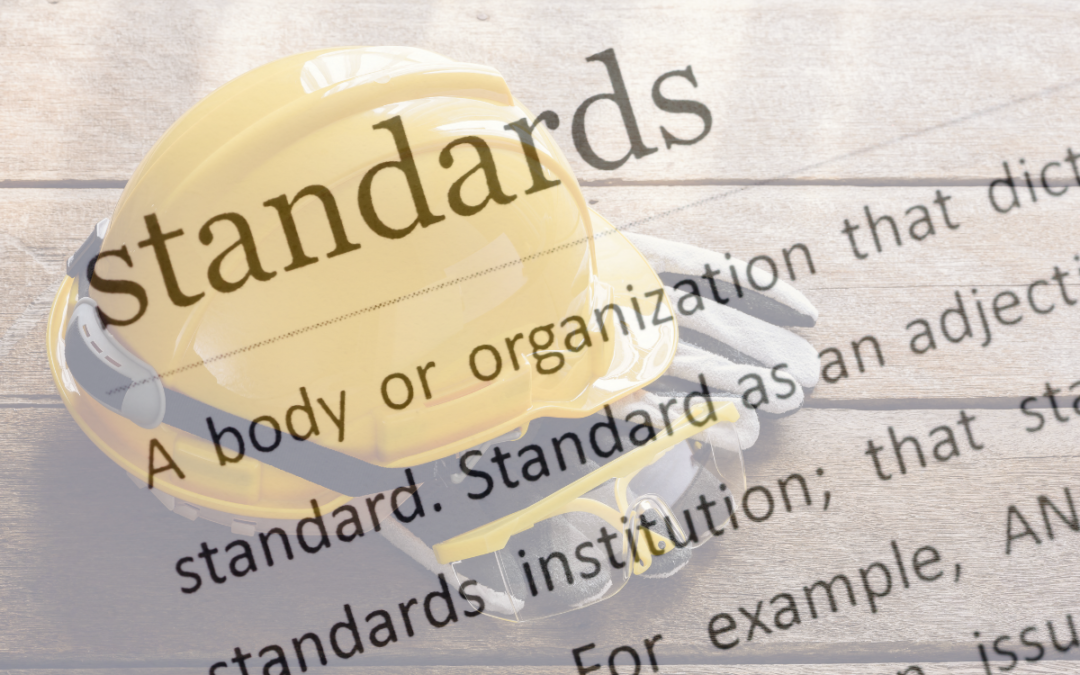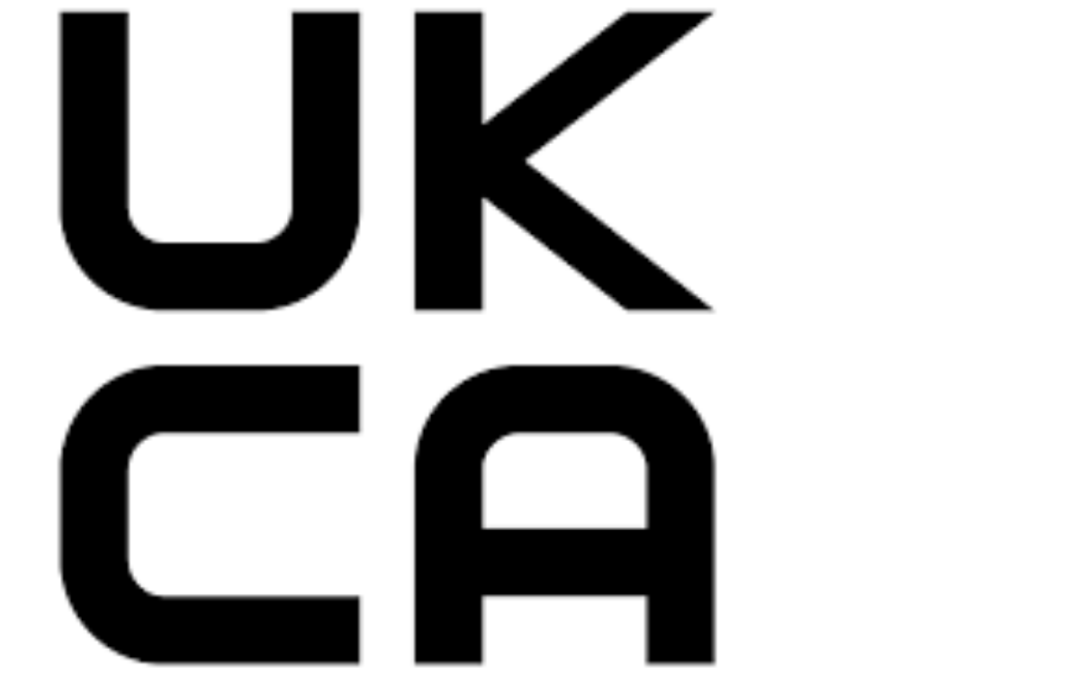
by Clair Mooney | Jul 1, 2021 | Building Safety Act, Technical
In response to the Department for Education’s consultation on document BB 100 Fire Safety Design for Schools (see below), CPA has produced a strawman for discussion.
A virtual meeting to discuss this will be held on Tuesday 10 August to finalise the CPA response.If you are interested in attending, full details are available here.
===================================================
Building Bulletin 100 (BB100) is non-statutory guidance on fire safety for schools. The guidance covers designing a school building so that pupils and staff will have early warning if a fire breaks out and can evacuate quickly and safely. BB100 advises how to minimise the spread of fire and how to ensure the building structure is adequately resistant to fire. It also includes requirements for access and facilities for the Fire and Rescue Services. BB100 requires updating and simplifying, to see if additional fire safety measures should be included and whether there is content that is no longer needed.
In May 2019 CPA responded to a Department for Education consultation on the Technical Review of Building Bulletin 100 – Design for Fire safety in Schools. On 27 May 2021, the Department for Education published a revised draft of BB 100 together with a new consultation seeking answers to 12 questions.
The revised draft of BB 100 can be viewed here.
As CPA will be responding with a consolidated member’s view, we would encourage FIS members to complete this short questionnaire with their initial thoughts and email this to FIS by 30 June. CPA will then draw up a strawman and circulate for a later meeting to discuss the final text.
Members can also respond directly via the online consultation questionnaire here. This deadline for response via this survey is 18 August 2021.

by Clair Mooney | Jun 18, 2021 | Technical
On Wednesday we hosted a webinar to review BS 8000-8:2021 Workmanship on construction sites – Part 8: Design and installation of dry lining systems – Code of Practice
The work began to formally review this code of practice in 2013, it has not been an easy journey and there are a number of similarities between this standard and BS8212 Code of practice for dry lining and partitioning using gypsum plasterboard Practice (1995) that needed to be taken into account, before it’s withdrawn.
After 20 years since the standard was introduced, much has changed in the sector and the review was driven by the need to provide better guidance for designers and to consolidate and provide a consistent approach to managing tolerances and a pressure on contractors to go beyond the standards and deliver even more exacting tolerances. This has led to reports of fallout in terms of retentions and delays caused by ongoing snagging. Completion of this work should provide a strong platform to focus a communications campaign from FIS reminding our clients, and those inspecting our work, how tolerance should be measured and managed.
The survey will be open for four weeks and the results will be fed back to the BSI committee who will also review the feedback from the public review.
A recording of today’s webinar is available here.
The revised standard will be available for public review later this summer, but ahead of this we are gathering your thoughts on the changes through an industry survey which you can find here.

by Clair Mooney | Jun 2, 2021 | Main News Feed, Technical
BEIS has issued an update to “Using the UKCA marking” guidance last issued on 31 December 2020. More information has been added on when a you can self-declare along with updates to the ‘Relevant UK and EU legislation” to remove inaccurate legislation.
The updated guidance can be viewed here.
While this is general guidance there are several references to separate guidance being available for construction products which should be read. These link back to guidance issued in September 2020 dealing with the two UK Statutory Instruments – Construction Products (Amendment etc.) (EU Exit) Regulations 2019 and 2020.
Notable differences in the text are as follows:
On page 2, Selling goods in Great Britain
The following has been added:
‘The circumstances in which you can use self-declaration of conformity for UKCA marking are the same as for CE marking. If you were able to self-declare conformity for the CE marking, you will be able to do the same for the UKCA marking.
Check the list of areas where self-declaration is permitted.’
On page 3, When to use the UKCA marking
The following has been added:
‘This does not apply to existing stock, for example if your good was fully manufactured, CE marked and ready to be placed on the market before 1 January 2021. In these cases, your good can still be sold in Great Britain with a CE marking even if covered by a certificate of conformity issued by a UK body before 1st January 2021. These goods will need to be placed on the market before 31 December 2021.
On page 3, How to use UKCA marking, Placing the UKCA marking, General Rules
The following has been added:
A product may have additional markings and marks, as long as they:
-
- Fulfil a different function from that of the UKCA marking
- Are not likely to cause confusion with the UKCA marking
- Do not reduce the legibility and visibility of the UKCA marking.
On page 4, Rules for using the UKCA image:
The following has been added:
‘The UKCA marking can take different forms (for example, the colour does not have to be solid), as long as it remains visible, legible and maintains the required proportions.’
On page 5, UK Declaration of Conformity
Please note that construction products manufacturers have a Declaration of Performance so CPA recommends that this also applies to DoPs
The following sentence has been added:
‘We recommend that manufacturers have a separate UK Declaration of Conformity to their EU Declaration of Conformity.’
On pages 6-7 there is a new table titled ‘Legislative areas where self-declaration of conformity for UKCA marking is permitted’.
This lists the CPR with a product scope of AVCP System 4.
On page 8, there is a new item ‘Transitional measures relating to the UKCA marking.’
The last sentence categorically states that these transitional arrangements do not apply to construction products.
The following guidance issued in the original document “Using the UKCA mark from 1 January 2021” dated 1 September 2020 now excludes the following text:
Future use of markings in the UK
From 1 January 2022, the CE marking will not be recognised in Great Britain for areas covered by this guidance and the UKCA marking. However, a product bearing the CE marking would still be valid for sale in the UK so long as it was also UKCA marked and complied with the relevant UK rules.

by Clair Mooney | May 21, 2021 | Membership, Sustainability, Technical
This year already seems to be disappearing at pace and whilst COVID-19 is thankfully starting to dominate less, we are now looking at material and labour shortages and cash tightening. But beyond the immediate pressures, a positive is that conversations are intensifying around change – transformation driven by core values of quality and sustainability.
At FIS we are keen to support this change, frankly it is why we exist – we are owned, effectively as a co-operative, by our community to help make the market better for you and get our members specified on jobs. In this work we are constantly asking ourselves and using our network to interrogate:
- How can we help YOU today? By producing toolkits, factsheets, guides, honing advice, helping you secure funding etc
- How can WE be better tomorrow by working together as a community and being more than the sum of our parts? Sharing, consolidating, research, standardising, benchmarking, finding economies of scale etc
- How can THEY help us? How do we need to INFLUENCE the world around us to ensure success? Research, engagement, best practice, respect, lobbying, representation, negotiation and communication (key to this is showing we have the support of our industry, effectively researched and backed up views and being present when the debate happens)
To this end and off the back of a growing and increasingly engaged membership, our Board have decided to invest in two new roles. The first focussed on the vetting and technical support provided by FIS and the second to look at the opportunity that the net zero and wider sustainability work presents in terms of driving early engagement and improving the reputation of the sector as a whole and specifically our membership as value driven businesses and leaders. This second role is on a contingent basis initially, but we hope with continued growth and support we will be able to develop the individual and the role into a permanent role. Initially we would be prepared to consider secondment options to test and support our views about the ongoing requirement.
Both of these roles will help us to develop resource and add to the collective wisdom – helping us not just to do, but to have the time to listen and improve our understanding of our community and ultimately the customers of our sector and will crucially adds weight to our ability to influence.
Please do share an pass on details to help FIS better support you. Together we are stronger.

by Clair Mooney | May 21, 2021 | Building Safety Act, Health and Safety, Technical
The government has taken the next step to ensure materials used to build the nation’s homes are safe and tested properly, by announcing the appointment of two experts to lead an independent review of the system for testing construction products.
Paul Morrell OBE will be the chair of the independent panel, along with legal expert Anneliese Day QC. The review will examine how to strengthen the current system for testing construction products to provide confidence that these materials are safe and perform as marketed. The panel will engage with a wide range of stakeholders with a report published later this year with recommendations.
More information is available at www.gov.uk/government/news/independent-experts-to-review-safety-of-construction-materials

by Clair Mooney | May 13, 2021 | Main News Feed, Technical, Transformation
This information is for general background knowledge concerning government’s proposals with Building a Safer Future. Subject to parliamentary scrutiny government proposes to bring the changes into effect from 1 August 2021.
Responding to the announcement FIS Technical Director Joe Cilia stated: “FIS has supported the development of the Building Safety Bill and the Building a Safer Future work that preceded it –we are fully behind these changes, supportive of the approach and encouraged that finally things are progressing to implementation. As with any change there will be some wrinkles, but it is vital that, as a sector we use this regulatory change to drive the ongoing cultural reform that we know construction needs. If members have any comments or questions that they want us to consider and feed in or around how these changes are likely to impact their work, don’t hesitate to get in touch”.
Building safety: Planning Gateway One
Following its consultation in June 2019 on proposals for reform of the building safety regulatory system, the government’s response published in April 2020 set out their plans for change. This involved the introduction of three gateway points which relevant developments / buildings must go through. Currently, relevant buildings are those which are 18m or higher or 7 or more storeys, whichever is reached first, and contain two or more dwellings or educational accommodation.
This has to demonstrate that the planning application incorporates thinking on fire safety.
- Gateway two (Technical design & construction phase)
A building control application will be required, so this gateway provides a hard stop where construction cannot begin until the Building safety Regulator has approved the building control application.
- Gateway three (Current building control completion / final certificate stage)
Provides a hard stop at which the Building Safety Regulator undertakes final inspections and issues a completion certificate. Prescribed documents and information on the as-built building will be required. Information must be handed over to the person9s) responsible for the building in use.
More information on Gateway one
This has two elements:
- Requires the developer to submit a fire statement setting out fire safety considerations specific to the development with a relevant application for planning permission for development which involves one or more relevant buildings, and
- To establish the Health & Safety Executive as a statutory consultee for relevant planning applications.
These requirements will be introduced via secondary legislation.
The fire statement must be submitted on a form published by the Secretary of State – see attachment for a draft fire statement form. (Click here view draft fire statement guidance). The questions to be answered will include information on:
- The principles, concepts and approach relating to fire safety that have been applied to each building in the development
- Site layout
- Emergency vehicle access and water supply for firefighting purposes
- What, if any, consultation has been undertaken on issues relating to the safety of the development and what account has been taken of this
- How any policies relating to fire safety in relevant local development documents have been taken into account.
Fire statements will be required to include information on the entire development site as set out on the plan which identifies the land to which the application relates.
How are the fire statements different from the requirements of building regulations or the Fire Safety Order?
The fire safety matters contained in a fire statement are relevant only to the extent they are relevant to land use planning. The level of detail and focus of information should not contain the breadth and depth of information on fire safety which will be submitted at building control application stage. Requirements of the fire statement at planning stage will not duplicate or require compliance with the building regulations or the Fire safety Order and local planning authorities will not be responsible for any building regulation matters or the enforcement of building control requirements.
Change of use applications
Applications for permission for a material change of use of land or buildings will require a fire statement unless the application is for:
- A material change in use of a relevant building and the material change of use would result in the building no longer being a relevant building
- A material change in use of land or buildings within the curtilage of a relevant building.
Consultation between local planning authorities and HSE
A local planning authority is required to consult HSE before granting planning permission for:
- Developments which will involve or is likely to involve the provision of a relevant building
- Development of an existing relevant building except where the development consists of a material change in use of a relevant building which would result in a building no longer being a relevant building
- Development within the curtilage of a relevant building in the case of development consisting of a material change in use of land or building within the curtilage of the building.
A local planning authority must consult HSE on fire safety before granting permission to develop land without compliance with conditions if the authority considers it appropriate to do so.
For more information on Planning gateway one please click here.






